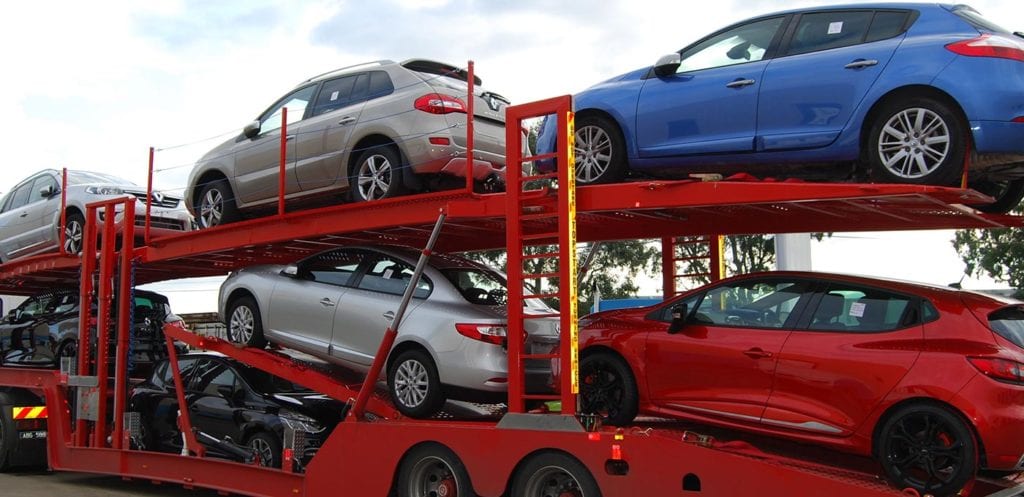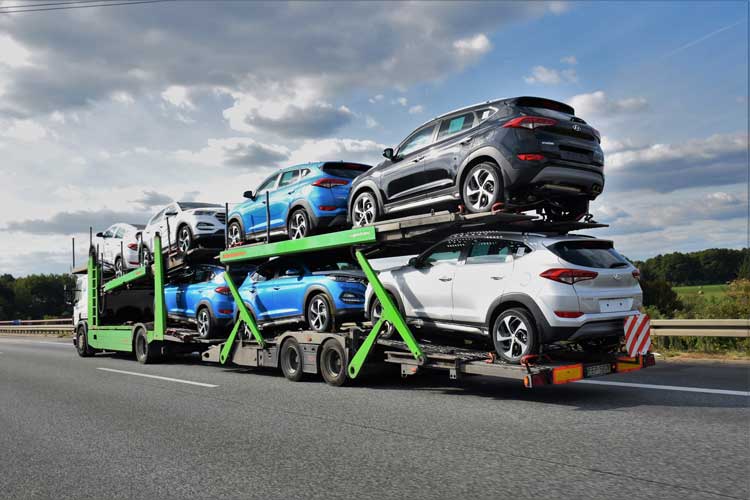Do you have a fleet needed to run your business? What are you going to do with it when your company decides to move? Driving these vehicles across the country can load them down with miles that lead you to replace your fleet sooner than you’d prefer. Instead, let a mover do the work and save yourself the time and effort. Today, we’re looking at how to prepare for shipping your vehicles.
Fluids
Vehicles should be shipped with their fluids intact. Yes, this means gasoline, too. Though there is often significant friction and static present in moving situations, a vehicle may experience vapor lock (or likewise complications) if shipped with no fuel whatsoever. This means that you should ship your vehicle with up to 1/4 tank of gasoline or diesel present in the tank. If a company requires less than that for larger vehicles or special equipment reasons, they will let you know prior to shipment.

All other fluids, hoses, and lines should be inspected. This will allow you to check that they are in perfect condition for the trip.
Scratches and Bumps
Scratches, bumps, dings, and other imperfections must be documented prior to the moving company assuming custody of the vehicle. The best way to do this is with a cell phone or digital camera on video mode, preferably one that allows you to snap pictures as well. Most vehicle shipping companies and movers will have a printout that you and the inspector can use to denote these blemishes so everyone is on the same page.
Severe damages, such as those found in totaled vehicles or incomplete vehicles, are likely to be generalized on these papers. These vehicles are typically uninsured by the moving company except for a total loss of the vehicle—as in, it disappears during shipment or relevant parts are missing upon arrival.
Arrival
Upon arrival, you should not touch your vehicle until the inspector is ready to go over the vehicle with you. Take a video of the vehicle before it is removed from whatever shipping rack or container that it is in. Then proceed to record the removal of the vehicle and the inspection process. This is your time to find any imperfections that may have occurred while shipping or any shipping materials left on the vehicle in question.

Most moving companies will allow you to start the vehicle and be certain that it is in working order prior to taking their leave. This is usually part of the inspection process. Vehicles have thousands of tiny moving parts and the moving company wants to know if anything has come loose during the process of moving.
Overseas
If you are moving your vehicle overseas, there are a wide variety of regulations that you will encounter—and most of them have to do with which country you are moving the vehicle to. Since we do not have an exhaustive list of regulations, please speak with the country’s department of transportation to find out more about their specific regulations.
However, we do have some pertinent tips. When moving vehicles overseas, most vehicles are placed on barges or large ships, typically in storage containers, and moved with little air access. This means that the containers may have a buildup of salt water haze. Removing your battery terminals from their ports is in your best interest. Not only does this allow the battery to stay “cold” during moving, but it also lowers the chance of corrosion, which will cause problems with cranking upon arrival.
We also strongly recommend bringing a wire brush to whisk off any corrosion on the terminals prior to reconnecting.













Leave a Reply